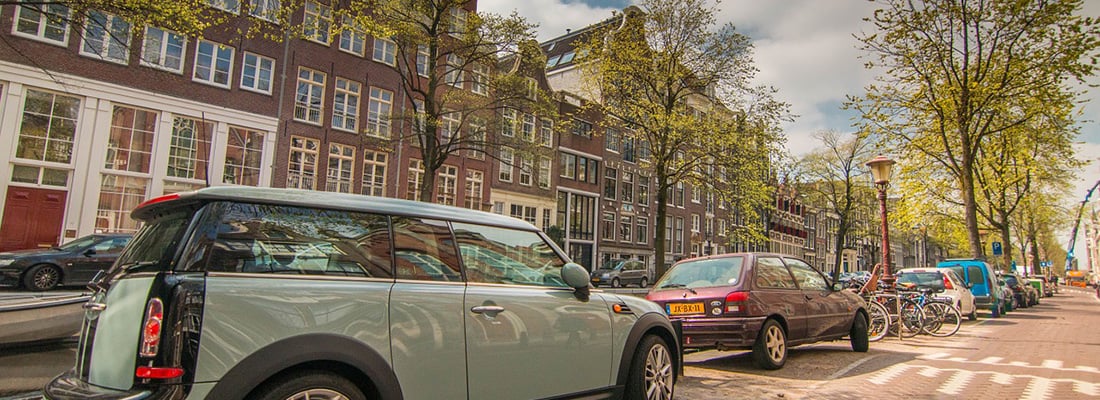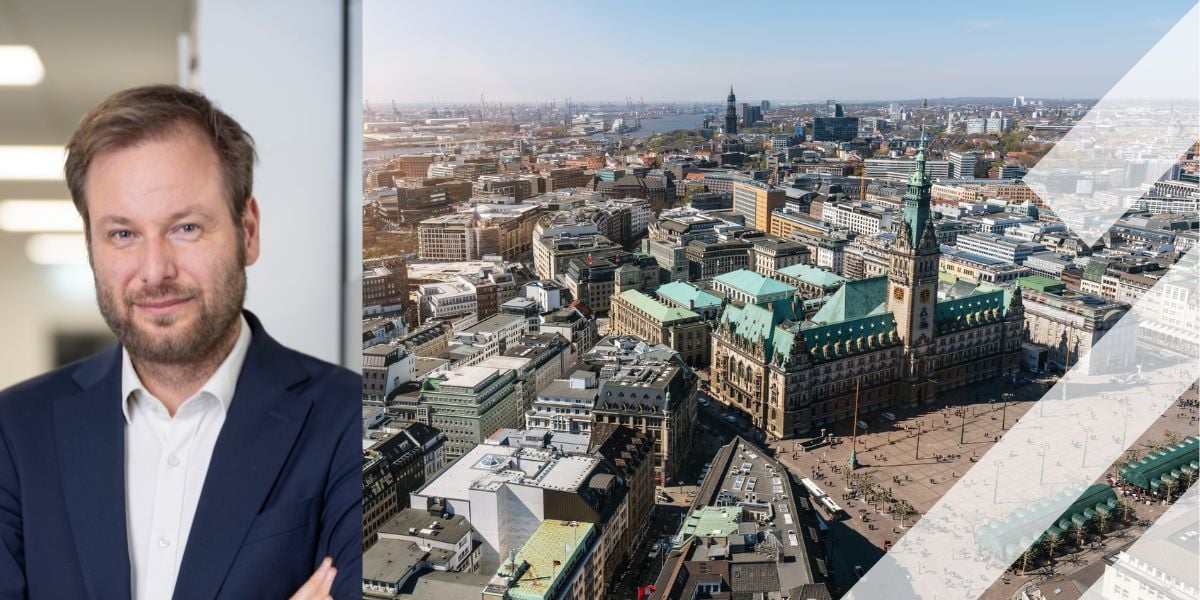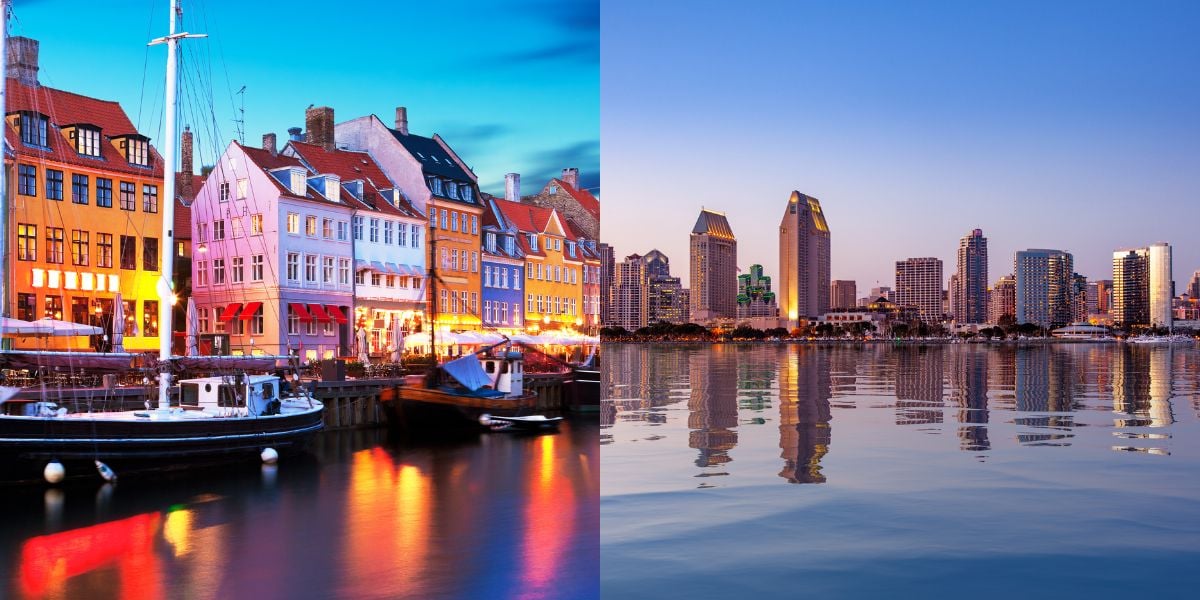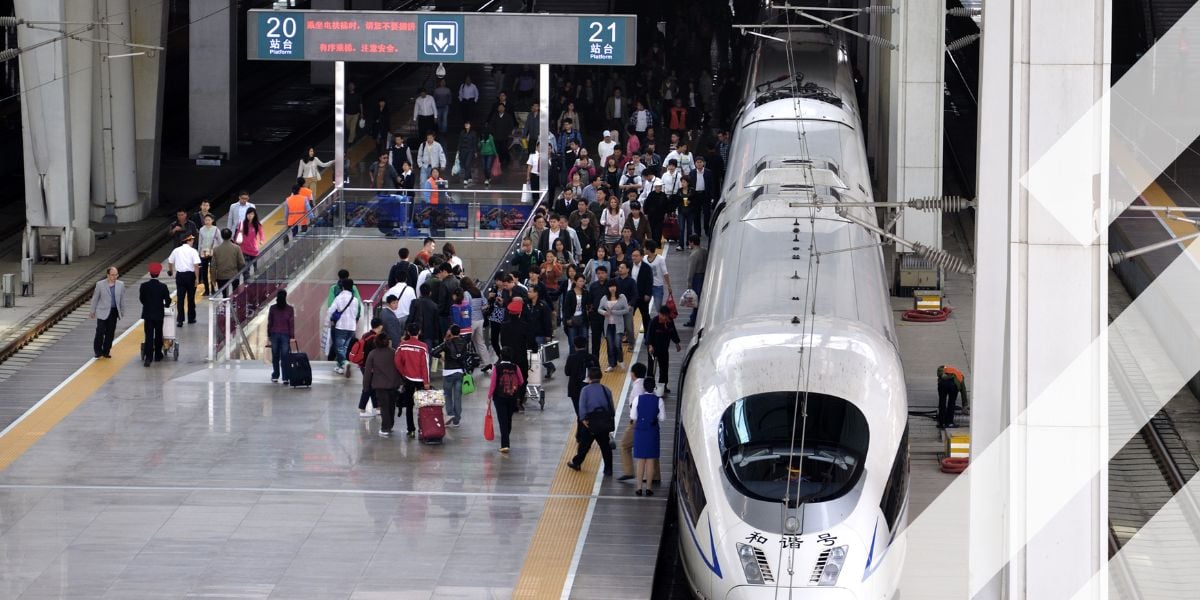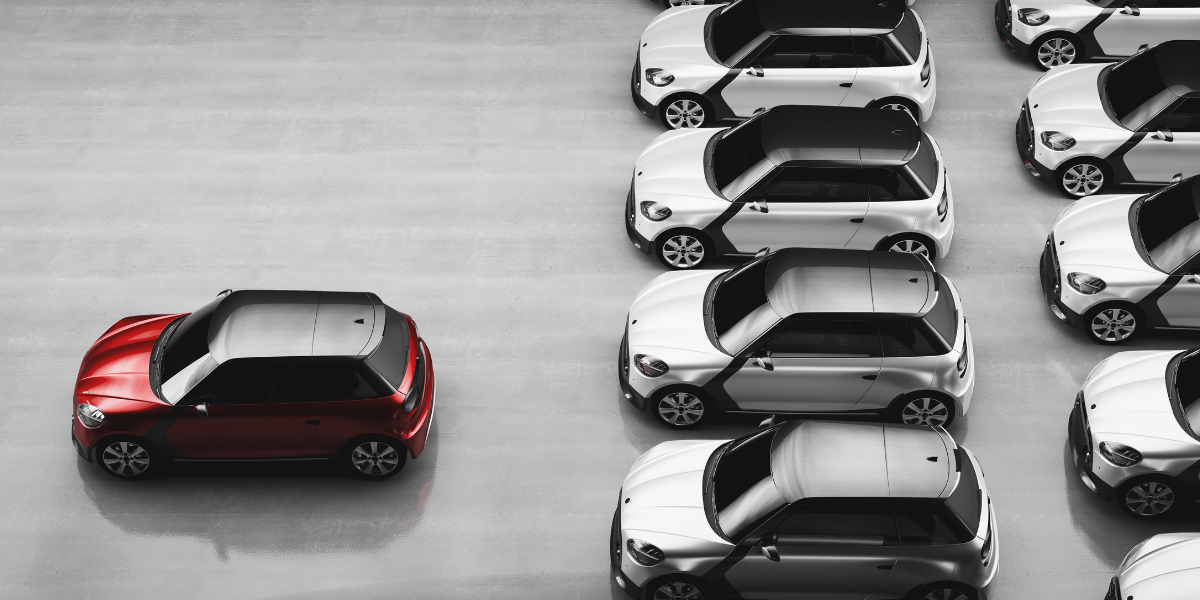Learning to share: Smart mobility solutions for Amsterdam and beyond
While the world’s landmass shrinks, the amount of human inhabitants does the opposite. The rise in global population also means the amount of travel, nationally and internationally, has increased as air travel and other modes of transport become more affordable.
According to the research of municipality of Amsterdam for their Smart Mobility Action Program 2016-2018*, the population of Amsterdam saw an increase of more than 9% in just 6 years. The number of people staying overnight in a hotel increased by more than 50%, an indication of a dramatic increase of non-residents. This number of visitors, not familiar with the city’s public transport systems, roadways, and traffic flows could potentially spell disaster for city mobility. In the face of all this, how does Amsterdam remain a pleasant, liveable city with minimal air pollution, and comparatively effective transport methods?
The major buzzword on the lips of many entrepreneurs in the past few years has been ‘the sharing economy’. One of the most recognised companies to embrace the concept was Airbnb (2007). The idea to opens one’s home to total strangers would have once been absurd, and yet the idea of sharing as a business exploded off the back of Airbnb’s success. Trust is an important factor in C2C companies, accommodated nowadays by rating systems, keeping every customer experience transparent and arguably maintaining quality at a higher level than traditional B2C companies.
The sharing economy not only paves the way for a whole new way of doing business, but it can also dramatically improve the overall quality of life in a city. Making private resources available for members of the public, who would otherwise have built it/purchased it themselves, is one of the great modern tools of an environmentally sustainable economy.
Like with many other cities around the world, the launch of Uber and similar ride sharing services was a big step for mobility in Amsterdam, maximising existing vehicle resources and making ‘taxi’ trips much more affordable and attainable. The ordering of such services reduces time for both the user and the driver, the user not needing to wait for a taxi to drive past and the driver having a set destination as opposed to aimlessly driving around waiting for a client to hail them.
From there it is a small step to car sharing. Carpooling through platforms such as Blablacar can significantly reduce the number of cars on the road. This can be up to 80% in a perfect situation where the car is full of carpoolers who would have otherwise driven in separate cars.
Car sharing companies such as Snappcar work a different angle by making use of idle cars through peer-to-peer renting. While the idea of renting private cars might seem logistically difficult at a first glance, it’s a no-brainer when looking at the statistics. One study found that the average car is parked 95% of the time. By opting for car sharing instead of car ownership, a new driver relieves himself of ownership-related commitments, such as insurance and general maintenance. The driver is truly mobile because he can rent a car wherever he is or will be in the city as opposed to having to travel to a certain location to fetch his private car for the journey.
Smart mobility is also naturally linked to the city spaces through which you move. Smart traffic tracking and information sharing systems, such as Smartwayz, are being tested and implemented across the country to help drivers navigate through cities efficiently. Parking sharing platforms are also an important factor in smart mobility and the reduction of inner city traffic, pollution and noise pollution. Some studies have found that drivers spend an average of 4 days per year searching for a parking space! Platforms such as Mobypark, on which you can rent out your parking space or rent one as a driver, allow reservations and payment in advance, guaranteeing a parking spot and reducing the amount of time, money and carbon emissions wasted.
All of these smart solutions are possible today thanks to the internet, putting strangers in touch with each other, bringing the world closer, and making everything, including mobility, more accessible, efficient and easy. The Netherlands is one of the most internet-savvy nations in the world and has proven to be the most connected with a 98% rate of online access across the country (City of Amsterdam)*. With the famous Dutch open-mindedness, an international and innovative population, and the new mobility challenges facing the city with its ever-increasing popularity, it is clear that the evolution of smart mobility through sharing in Amsterdam has only just begun.
Author: Emma Goodman - Mobypark
Sources
*Gemeente Amsterdam. Smart Mobility Actieprogramma 2016-2018.
Share your story
Do you have an innovation, research results or an other interesting topic you would like to share with the professionals in the infrastructure, traffic management, safety, smart mobility and parking industry? The Intertraffic website and social media channels are a great platform to showcase your stories!
Please contact our Sr Brand Marketing Manager Carola Jansen-Young.
Are you an Intertraffic exhibitor?
Make sure you add your latest press releases to your Company Profile in the Exhibitor Portal for free exposure.

